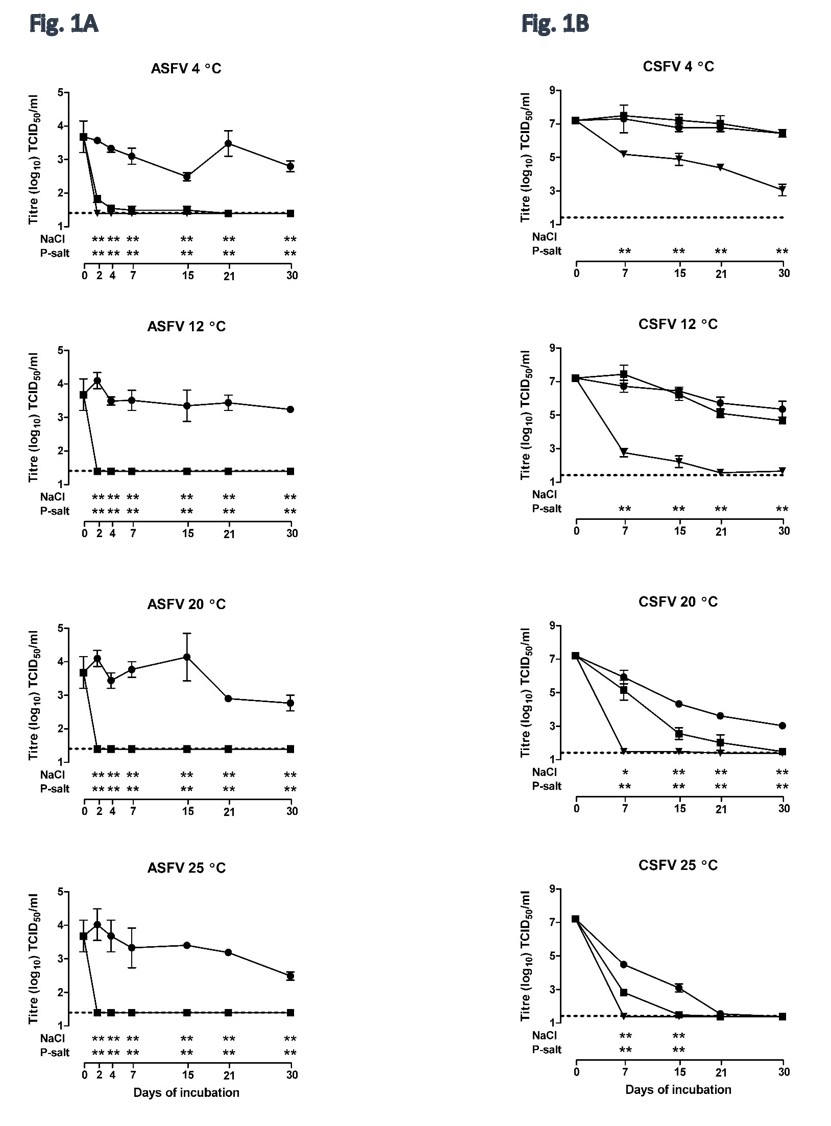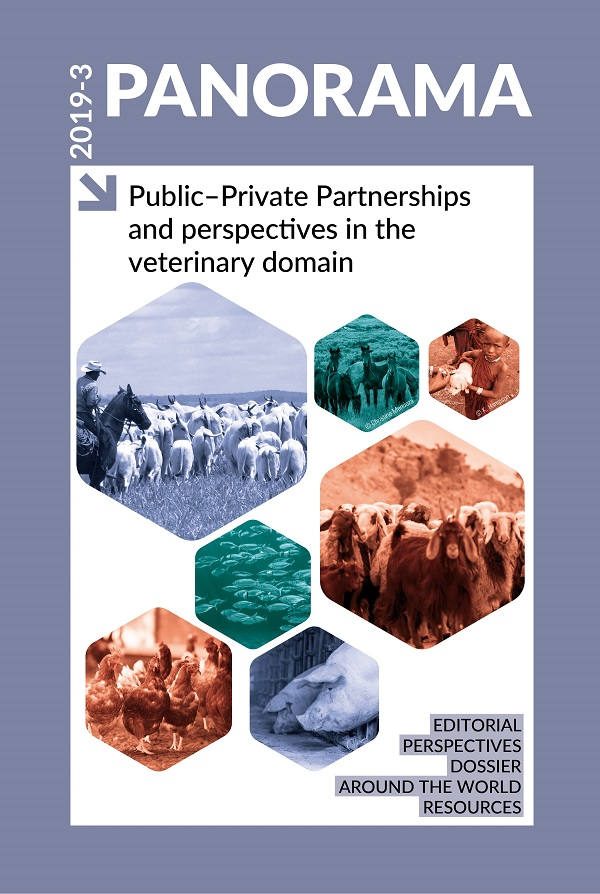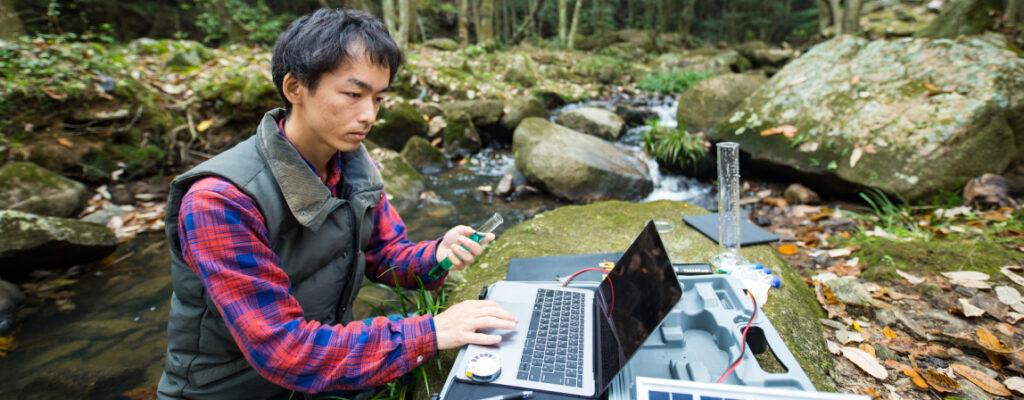Dossier Posted on 2020-01-15 10:53:04
An example of the role of public–private partnership in trade facilitation
Quality, safety and trade continuity for natural sausage casings
Keywords
Authors
Tinka Wieringa-Jelsma(1), Joris J. Wijnker(2)*, Esther M. Zijlstra-Willems(1), Aldo Dekker(1), Norbert Stockhofe-Zurwieden(1), Riks Maas(1) & Henk J. Wisselink(1)
(1) Wageningen Bioveterinary Research, Lelystad, The Netherlands.
(2) International Natural Sausage Casing Association (INSCA) / Faculty of Veterinary Medicine, Utrecht University, The Netherlands.
* Corresponding author: insca@insca.org
The designations and denominations employed and the presentation of the material in this article do not imply the expression of any opinion whatsoever on the part of the OIE concerning the legal status of any country, territory, city or area or of its authorities, or concerning the delimitation of its frontiers and boundaries.
The views expressed in this article are solely the responsibility of the author(s). The mention of specific companies or products of manufacturers, whether or not these have been patented, does not imply that these have been endorsed or recommended by the OIE in preference to others of a similar nature that are not mentioned.
Animal intestines are processed into sausage casings and subsequently shipped to sausage producers worldwide. Contagious animal viruses and bacteria could be present in these casings. Past disease threats that have been effectively dealt with through dedicated research on casings include bovine spongiform encephalopathy (BSE), foot and mouth disease virus (FMDV) and classical swine fever virus (CSFV). Given that African swine fever virus (ASFV) is now a major global threat, Article 15.1.24 in the OIE Terrestrial Animal Health Code describes the inactivation of ASFV in casings from pigs [1]. Countries can use this article to develop clear and science-based trade requirements.
3D collagen matrix model for casings
In order to be prepared for disease outbreaks threatening the casings trade, a 3D collagen casing matrix model was developed and published in 2011 [2]. Application of this in-vitro model, validated for FMDV in 2012 [3] and CSFV and ASFV [4], means that live animal studies are no longer necessary to evaluate the inactivation of specific diseases in casings.
The results presented in Figures 1A (ASFV) and 1B (CSFV) clearly show temperature and treatment dependent viral inactivation over time. Differences between the treatment with table salt (NaCl) or phosphate-supplemented salt (P-salt) versus the control treatment at each time point were significant when P < 0.05 (*), and highly significant when P < 0.001 (**). The detection limit of virus titrations is represented by dotted lines: for African swine fever virus it is 1.4 TCID50/mL (Fig. 1A) and for classical swine fever virus 1.4 TCID50/mL (Fig. 1B). A recent study using experimentally infected pigs confirmed the validity of the 2011 results for both CSFV and ASFV [4].
The 3D collagen model has now been validated for different species and diseases, showing how disease inactivation in casings can be studied closely with lower variance and without the need for live-animal experiments. Not only will the application of this model allow other diseases to be studied more quickly and cost-effectively, but no longer using live animals for these experiments is a major ethical improvement.
This example illustrates how both public and private sectors can collaborate in contributing to the facilitation of trade in animal products.

© Wieringa-Jelsma et al., 2011.
http://dx.doi.org/10.20506/bull.2019.3.3045
References
- World Organisation for Animal Health (OIE) (2019). – Article 15.1.24. Procedures for the inactivation of ASFV in casings of pigs. In Terrestrial Animal Health Code.
- Wieringa-Jelsma T., Wijnker J.J., Zijlstra-Willems E.M., Dekker A., Stockhove-Zurwieden N., Maas R. & Wisselink H.J. (2011). – Virus inactivation by salt (NaCl) and phosphate supplemented salt in a 3D collagen matrix model for natural sausage casings. Int. J. Food Microbiol., 148 (2), 128–134. https://doi.org/10.1016/j.ijfoodmicro.2011.05.010.
- Wijnker J.J., Haas B. & Berends B.R. (2012). – Inactivation of foot-and-mouth disease virus in various bovine tissues used for the production of natural sausage casings. Int. J. Food Microbiol., 153 (1–2), 237–240. https://doi.org/10.1016/j.ijfoodmicro.2011.11.013.
- Jelsma T., Wijnker J.J., Smid B., Verheij E., van der Poel W.H.M. & Wisselink H.J. (2019). – Salt inactivation of classical swine fever virus and African swine fever virus in porcine intestines confirms the existing in vitro casings model. Vet. Microbiol., 238, 108424. https://doi.org/10.1016/j.vetmic.2019.108424.










